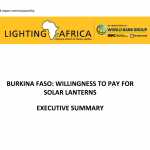
Burkina Faso: Willingness to Pay for Solar Lanterns Executive Summary
This summary outlines the recommendations for the widespread distribution of solar lanterns in Burkina Faso laid out in the Mapping the Supply Chain for Solar Lighting Products in Burkina Faso ...Read More
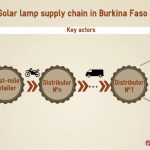
Mapping the Supply Chain for Solar Lighting Products in Burkina Faso
This 2013 report describes and maps supply chains and distribution models for solar lighting products that have undergone quality testing and met the Lighting Africa Minimum Quality Standards in Burkina ...Read More
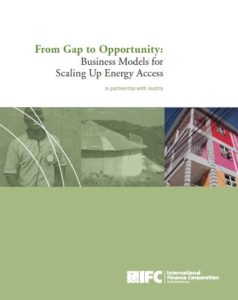
From Gap to Opportunity: Business Models for Scaling Up Energy Access (IFC)
The critical challenge of extending access to electricity and clean cooking fuels to the poor is deservedly taking center stage in this International Year of Sustainable Energy for All, as ...Read More
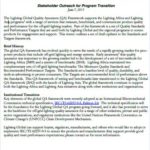
Stakeholder Introduction to Standards and Targets Update
The Lighting Global Quality Assurance (QA) Framework supports the Lighting Africa and Lighting Asia programs with a range of services that measure, benchmark, and communicate product quality and performance for ...Read More
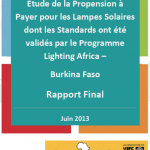
Etude de la Propension à Payer pour les Lampes Solaires dont les Standards ont été validés par le Programme Lighting Africa – Burkina Faso
Cette étude analyse les profils de consommation de différentes catégories de la population en matière d’éclairage et définit leur volonté/capacité à payer pour des lampes solaires, répondant aux standards reconnus ...Read More
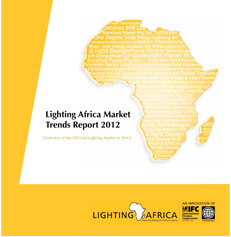
Executive Summary: Market Trends Report 2012
This is the Executive Summary of the Market Trends Report 2012. It highlights that the market for Pico-powered Lighting Systems (PLSs) in Africa remains on a healthy trajectory. Positive forecasts ...Read More
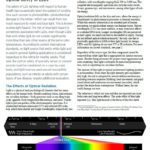
Energy Efficiency and Renewable Energy (US Dept of Energy)
The safety of LED lighting with regard to human health has occasionally been the subject of scrutiny. One such concern is photoretinitis—photochemical damage to the retina—which can result from too much exposure to violet and blue light. This is known as blue light hazard. The risk of blue light hazard is sometimes associated with LEDs, even though LEDs that emit white light do not contain significantly more blue than any other source at the same color temperature. According to current international standards, no light source that emits white light and is used in general lighting applications is considered hazardous to the retina for healthy adults. That said, the optical safety of specialty lamps or colored sources must be considered on a case-by-case basis, and light sources used around susceptible populations, such as infants or adults with certain types of eye disease, require additional evaluation.
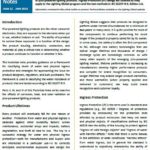
Protection from the Elements Part I – Ingress Protection
This Technical Note is Part I in a series of Notes examining the environmental durability of pico‐powered lighting products. Ingress Protection (IP) ratings are covered as they apply to the ...Read More

Lighting Africa: Market Trends Report 2012
This report is an update to the original ‘Solar Lighting for the Base of the Pyramid: Overview of an Emerging Market’ report published in 2010, which provided a snapshot of ...Read More
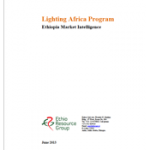
Ethiopia – Market Intelligence Report
This report outlines research findings of a study on the lighting products market in Ethiopia. The study looks at available lighting sources, consumption and expenditures, as well as consumer preferences ...Read More

